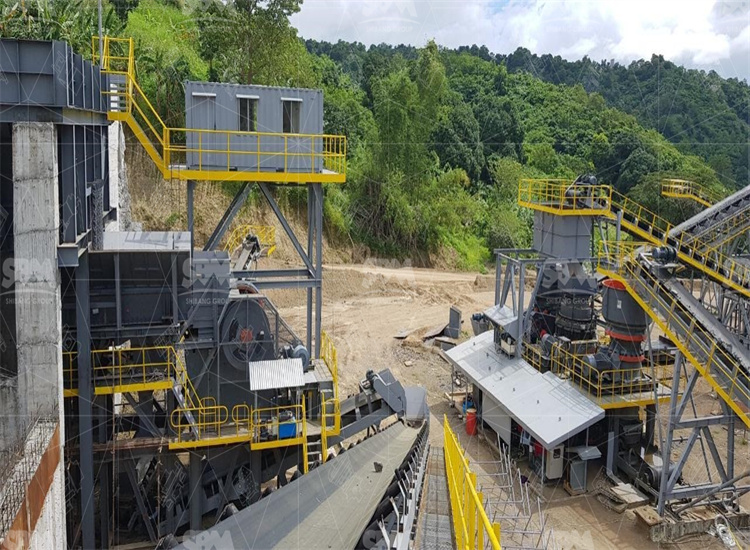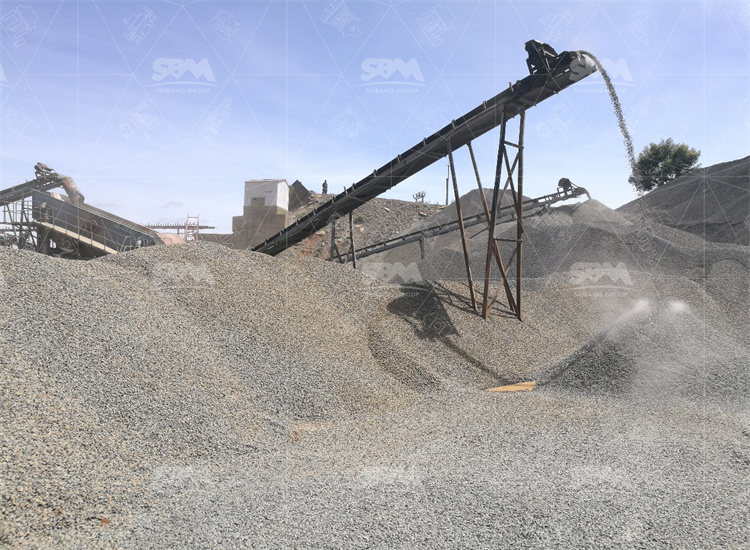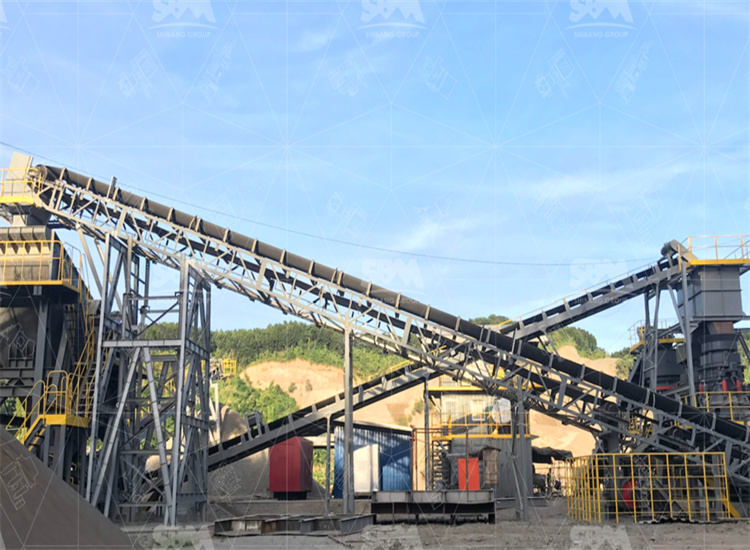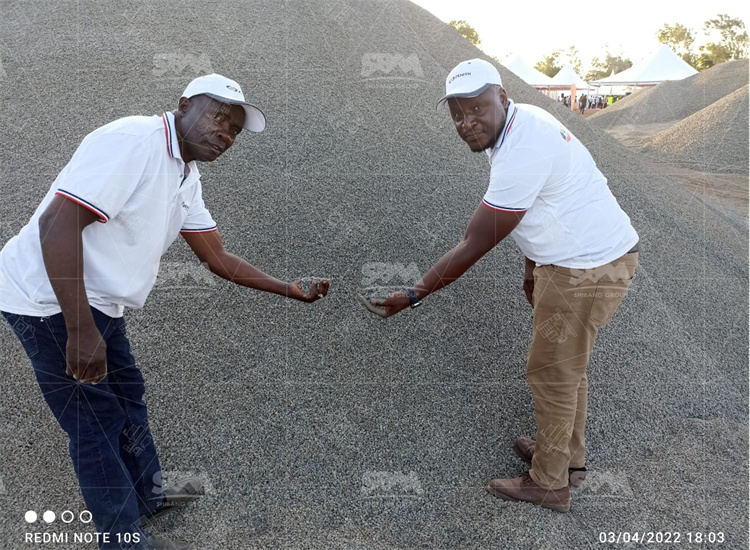This guide explains ten real causes of jaw crusher stoppages, shows measurable fixes, and gives selection and
A jaw crusher uses two plates to compress rock until it fractures. One plate moves, the other stays fixed. The machine creates primary reduction before secondary stages. Uptime drives revenue. Every hour offline costs production and adds repair expense.
The main parameters are; reduction ratio, cavity type, closed-side setting (CSS), open-side setting (OSS), eccentric throw (stroke), speed (rpm), and motor power. Reduction ratio for jaws is typically 3:1 to 5:1. CSS controls product size and energy use. OSS minus eccentric throw equals CSS. These definitions follow industry practice and field standards.

Monitor feed size, feed gradation, capacity (tph), motor kW, and specific energy (kWh/t). Typical jaw crushing energy ranges from about 0.5 to 1.5 kWh per tonne depending on rock and setting. Track torque and amperage every shift. Use these numbers to detect stress, choke, or underfeeding.
Problem: Oversize lumps or many fines choke the chamber. Result: Motor overload and uneven wear. Fix: Install a properly sized vibrating feeder and scalping screen. Control feed size to recommended input range. Use a grizzly ahead of the jaw for sticky or wet feed. Monitor feed uniformity every hour.
Problem: Wrong CSS yields wrong product size and high energy per tonne. Fix: Measure OSS and compute CSS using the eccentric throw table. Adjust hydraulically or via shim packs. Re-check after liner changes. Standard measurement methods exist and must be followed.
Problem: Worn jaw plates lower throughput and raise power draw. Fix: Use manganese steel jaws sized to rock abrasivity. Rotate liners per wear pattern. Keep stock of spare liners and log wear rates weekly.
Problem: Inadequate grease, blocked lines, or wrong grade cause bearing heat, and sudden stops. Fix: Daily greasing for eccentric bearings, use automatic lubrication where possible, and match grease spec to temperature. Replace bearings that show vibration >0.7 mm/s.

Problem: Belt slippage, gearbox failure, or misalignment cuts power transfer. Fix: Use laser alignment on shaft couplings. Keep belts tensioned within spec. Inspect gearbox oil condition monthly and change per hours.
Problem: Phase imbalance, low voltage or soft starters causing trip outs. Fix: Monitor motor current and implement VFDs to control startup torque. Match motor power to worst-case duty and include motor protection relays.
Problem: Sudden heavy items or uncrushable tramp cause stopping and liner damage. Fix: Fit metal detectors and hydraulic relief systems. Fit a toggle protection or iron release to avoid frame damage. Train operators to stop feed immediately when alarms appear.
Problem: Loose anchors, cracked concrete, or poor drainage cause vibration and misalignment. Fix: Verify foundation stiffness and use vibration isolators. Re-tighten anchor bolts after the first 100 hours and then monthly.
Problem: Dust clogs moving parts, water causes rust, and extreme cold affects lubricants. Fix: Install dust suppression, design water drainage, and select grease with the correct NLGI and low-temperature rating. Add heaters for arctic sites and sun shields for deserts.

Problem: Wrong start procedures, untrained shifts, and skipped checks raise risk. Fix: Create a simple daily checklist, certify operators, and run short training refreshers monthly. Use dashboards to show live amp and RPM so operators can react.
Use a tiered plan: daily visual checks, weekly lubrication and torque checks, monthly alignment and wear checks, quarterly oil and gear inspection, and annual major overhaul. Target: run factor > 92% and mean time between failures > 1,200 hours in typical aggregate service. Record energy per tonne and aim to keep it under 1.2 kWh/t for primary crushing.
| Parameter | Value | Unit |
|---|---|---|
| Feed size | 0-1280 | mm |
| Capacity | 80-1510 | tph |
| Motor power | 75-400 | kW |
Case A — 800 t/h granite plant. Location: Southeast Asia. Core machine: SBM C6X primary jaw. Design: two-stage crushing, two-stage screening. Performance: steady 780 tph, feed 0–600 mm, product 10–80 mm. Pain solved: heavy liner wear and frequent stops. Solution: upgraded eccentric shaft, improved feeder, set CSS to 60 mm. Result: downtime fell by 32% in first 90 days.
Case B — 3 million tpy limestone project. Location: domestic. Core machines: C6X jaw + S5X screen + cone stage. Design choice: coarse primary reduction to protect cone. Pain solved: unstable feed and energy spikes. Solution: pre-screen, VFD on jaw motor, scheduled liner swaps. Result: consistent output and lower specific energy.
A: Check liners weekly. Replace when thickness falls to 25–30% of new. Rotate liners to even wear. Log hours on each liner to predict reorder.
A: Vibration sensors and amperage monitors give quick wins. They warn before bearing failure or overload. Install them on the eccentric, mainframe, and motor. Pair with alerts to reduce unscheduled stops.
A: Match feed size, target capacity, rock abrasivity, and site climate. Prefer conservative motor sizing for abrasive rocks; fit protective releases for tramp. Use SBM selection charts and request a test feed trial when possible.

Step 1: Define feed distribution and max lump size. Step 2: Set target product size and capacity. Step 3: Choose CSS and expected reduction ratio. Step 4: Size motor for peak torque and thermal duty. Step 5: Confirm maintenance space and spare parts plan. If feed is sticky, add scalping screen; if feed is very hard, choose higher manganese alloy liners.
Site: compact, level, and drained. Use integrated motor bases when available. Pre-align drives on the ground. Run empty checks and then graduated loading. Record baseline amp draw and vibration to compare later.
Do not over-spec the machine. Over-capacity raises capital and energy costs. A right-sized unit reduces downtime and yields faster payback. Focus on reliability upgrades with clear payback: sensors, VFDs, and better feeders.
Fix feed and CSS first. Use correct liners and grease. Fit sensors for early warnings. Choose SBM proven units where service and parts are local. A structured maintenance plan will cut downtime by half in most sites. Be bold, measure, and act quickly.
Raise CSS slightly, remove fines before the jaw, and add VFD control. These reduce specific energy fast. Monitor output particle size to ensure product spec.
Keep jaw plates, cheek plates, and toggle components in stock. Also stock bearings and a spare motor coupling. These parts end most repair jobs.

Ask for on-site logs: amp draw, downtime hours, and spare parts consumption. Visit an operating plant. Compare data to baseline and to independent case studies. Trust measured proof, not promises.
Technical rules and numbers in this guide align with global engineering handbooks and recent field studies. We apply these rules in SBM projects and maintain real records for each installation. Use them as benchmarks for your plant.
Whatsapp:+8617329420102
Email: [email protected]
Address: No. 1688, Gaoke East Road, Pudong new district, Shanghai, China.
Online Service : Get Price
We value your feedback! Please complete the form below so that we can tailor our services to your specific needs.
